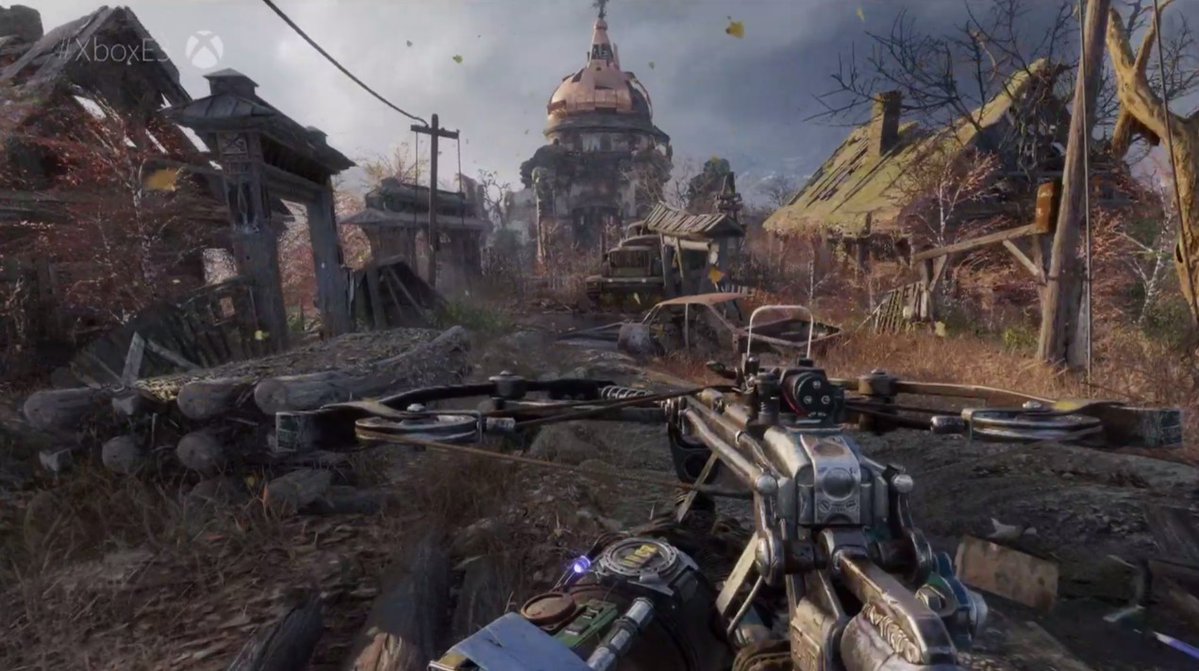Ray tracing technology was a hot topic at GDC this year, with several developers and designers speaking about the many, many advantages it provides. Both NVidia’s Volta GPUs and Microsoft’s DXR API will be making use of ray tracing, while 4A Games’ Metro: Exodus will also be doing the same. According to legendary developer Tim Sweeney, known for founding Epic Games and creating the Unreal Engine, all future AAA games should be following suit.
“It turns out that at around 25 teraflops operations per second, ray tracing becomes the best way to produce realistic looking pixels,” Sweeney said while speaking with MCVUK. “The demo we showed in partnership with ILMxLab is the first step in that direction. Part of the scene is rendered and part is ray traced, all the shadows and reflections come from ray tracing, and like movies, game engines are going to adopt this. You’re going to see more and more ray-traced elements in our scenes, and I think ten years from now you might find nothing but ray tracing in our engines. Everybody who’s starting a triple-A project, they all should be thinking about ray tracing.”
And when exactly might this technology become more common? Sweeney believes that within as little as two years, we might be seeing single GPU units with that kind of computing power. “It’s not coming to your smartphone anytime soon,” he said. “But GPUs move fast. You might find within two years that you have that amount of computing power in a single GPU. And suddenly it becomes possible at high-end.”
So could we possibly see something along these lines when the PS5 and the next Xbox inevitably come around? Seeing as they would probably be launching around some time in 2021 (or 2022, at the latest), that definitely seems likely. Stay tuned to GamingBolt for more similar coverage.
Thanks, WCCFTech!














